Momentum in Minnesota: The Importance of Suffrage in the Twin Cities
Minnesota suffragists fought long and hard for the right to vote.
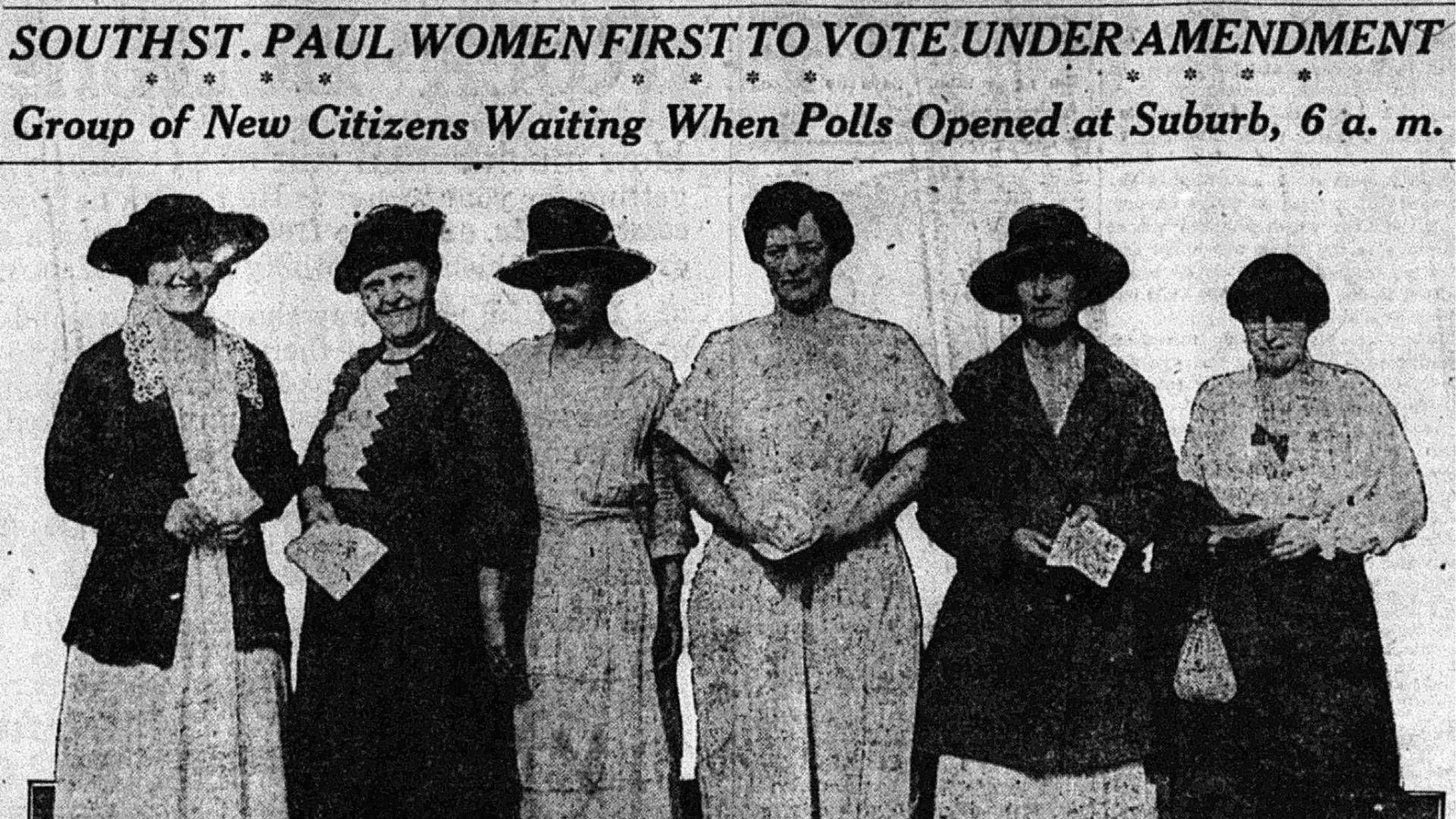
As you may know, women’s suffrage is defined as “the right for women to vote” and was legally passed into federal law with the 19th Amendment in 1920. What you may not know, however, is how the fight for women’s votes was organized here in Minnesota.
Although the Midwest was not as well-known on the map of suffrage as northeastern states, we still had our own way of achieving suffrage. Lobbying, meeting at the capitol and parading proved to be successful tactics in gaining the right to vote. Minneapolis and Saint Paul stood out as frontrunners in the Midwest for housing great support for suffrage. Women in Minnesota successfully campaigned for the right to vote and deserve outstanding appreciation for their hard work.
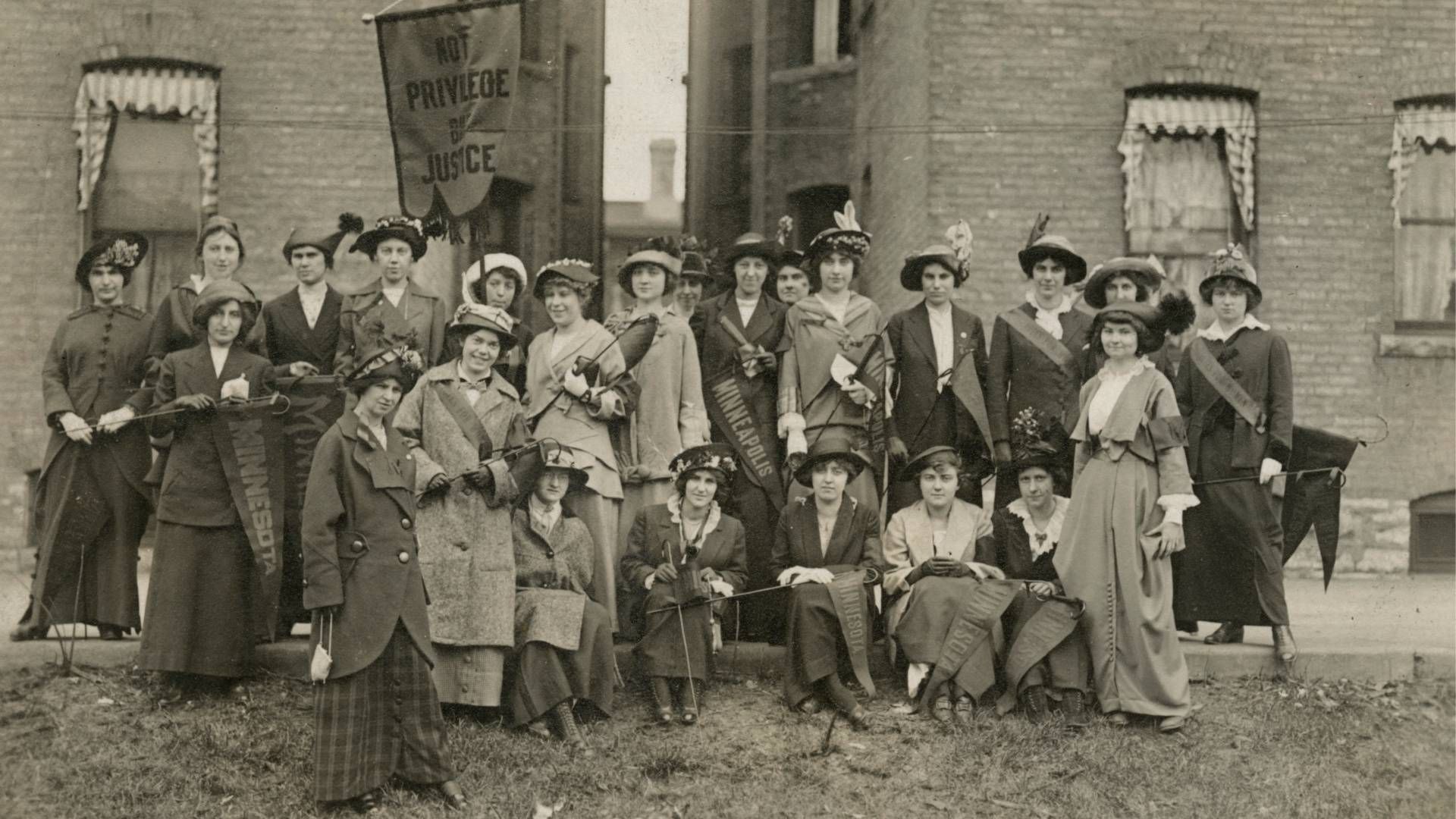
Quickly growing momentum began with the formation of the Minnesota Women’s Suffrage Association in 1881. MWSA was formed by 14 women in Hopkins, Minn. By 1883, MWSA membership rose to more than 250. This number may seem small in today’s standards, but this was before the days of phones and the internet. Growing to 250 members was a huge accomplishment for the original founders of MWSA. Perhaps most proud of this achievement was Sarah Burger Stearns, the association’s first president. MWSA would end up being a cornerstone in uniting Minnesota women to advocate for suffrage.
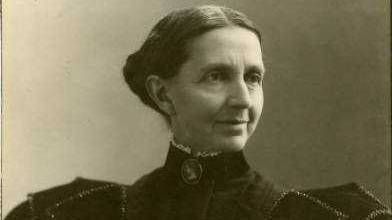
The first legal passage of women’s voting rights in Minnesota happened prior to the 1881 formation of MWSA in 1875. Minnesota women were some of the first in the country who were allowed to vote in school board elections. But this achievement was not enough. With the inspiration of national suffragists like Susan B. Anthony and Elizabeth Cady Stanton, Minnesota women started to campaign our state government for the right to vote.
What made Minnesotan suffragists different from those in other parts of the country is that they relied primarily on their lobbying efforts to achieve suffrage. Many people viewed national suffragists as being reckless for organizing radical hunger strikes or getting arrested for protesting. Regarding all suffragists through this lens was a false narrative. Although these radical efforts deserve appreciation and were effective in other states, that was not how Minnesotan suffragists did their business.
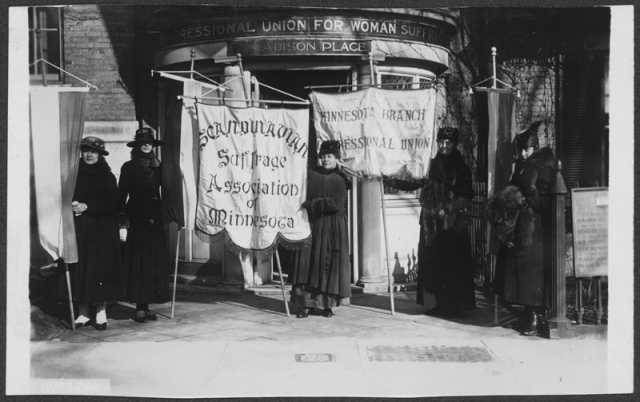
In 1885, the American Woman Suffrage Association decided to bring attention to the Midwest. Its goal was to raise awareness for suffrage. AWSA chose Minneapolis to host the seventeenth annual National Women’s Convention. The convention was held at the Church of the Redeemer and lasted two days. During the convention, prominent suffrage leaders like Lucy Stone spoke, as did Minneapolis Mayor George A. Pillsbury. After the convention, support for suffrage in Minnesota continued to grow. We were officially on the national map for suffrage.
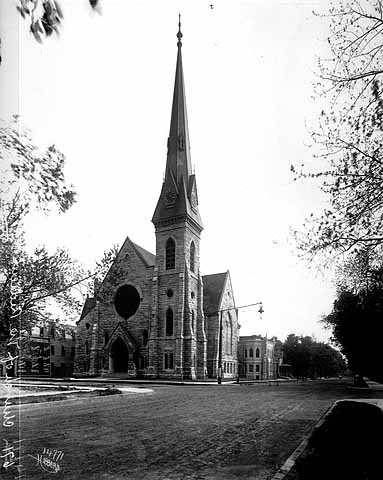
Despite five failed legislative attempts for gaining the right to vote in the years 1877, 1893, 1907, 1911 and 1913, Minnesota suffragists kept pushing on. These women, fueled by each other’s support, helped pave the way for future women voters in Minnesota. Many failed attempts were made, but they persisted.
After five defeats, momentum for suffrage in Minnesota was dwindling. But then local suffragist Clara Ueland stepped up and organized a parade. This parade took place in Minneapolis and had over 2,000 participants. We now know this parade as one of the most monumental events in Minnesota suffragist history. People traveled from all over the Midwest to attend. The support for suffrage was impossible for Minnesota lawmakers to ignore.
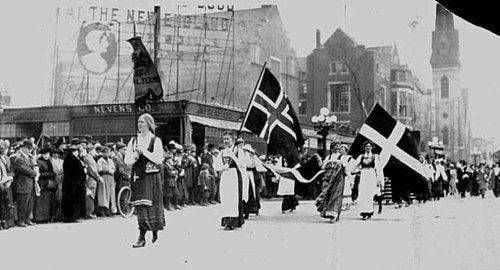
After the parade of 1914 came a refreshed ambition for Minnesotan suffragists. The suffragists continued their dedicated work, lobbying and meeting with legislators. Although another close-call bill failed to pass by two votes in 1915, suffragists continued to hold out hope. This hope turned into reality when Minnesota became the fifteenth state to ratify the 19th Amendment in September 1919.
Federal ratification of the 19 Amendment happened on August 26, 1920. The following day, women in Saint Paul were the first in the nation to vote under the new amendment. Roughly 90 women of South St. Paul showed up to vote in regards to their city’s water system.

The widely unknown stories of Minnesotan suffragists deserve to be recognized. Our state played a crucial role in securing the right to vote. By 1919, there were over 30,000 suffragists in Minnesota. We know how to push through.
We cultivated political involvement in 1919, and still do today. Minnesota consistently has the highest voter turnout in the nation. Voting numbers then and now are something for us to be proud of. So, at your next election, with those suffragists in mind, get out and vote.
Watch the Minnesota Experience documentary, Citizen, which explores the multigenerational march of Minnesota women and all they hoped would come with the vote.
Editor’s note: This story – and others in the collection, Then & Now: Reflections on Women’s Suffrage – was written by a St. Catherine University student in the Public Relations Writing class held in the spring of 2020. The piece has been minimally edited to preserve the integrity of the student’s perspective. We hope you enjoy discovering what the next generation of writers, historians and activists has to say about the impact of the women’s suffrage movement then and now.

This story is made possible by the Arts and Cultural Heritage Fund and the citizens of Minnesota.
As Minnesotans look for ways to show their support for healthcare workers on the front lines of the COVID-19 pandemic, we took a look back in time to celebrate the contributions that four women – all named Ruth – made to the state’s public health system.
Just 39 words in length, the 19th Amendment to the U.S. Constitution gave women the right to vote when it was passed on June 4, 1919 and enacted on August 26, 1920 – but its passage was fraught with decades of legal challenges and intense demonstrations in which women activists sometimes put their lives directly on the knife’s edge. Explore a timeline contributions of Minnesota women to the passage of the 19th Amendment.
